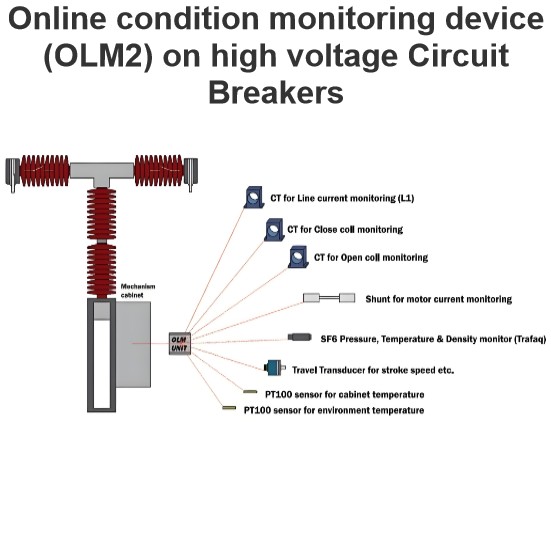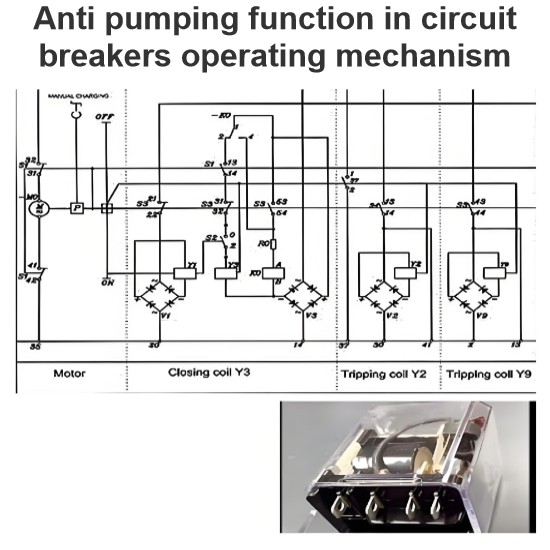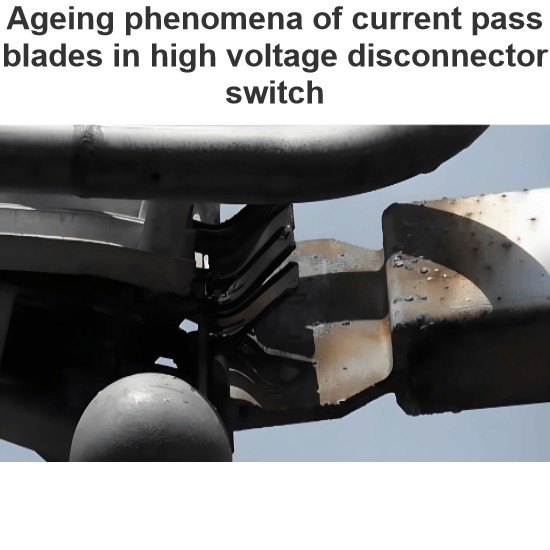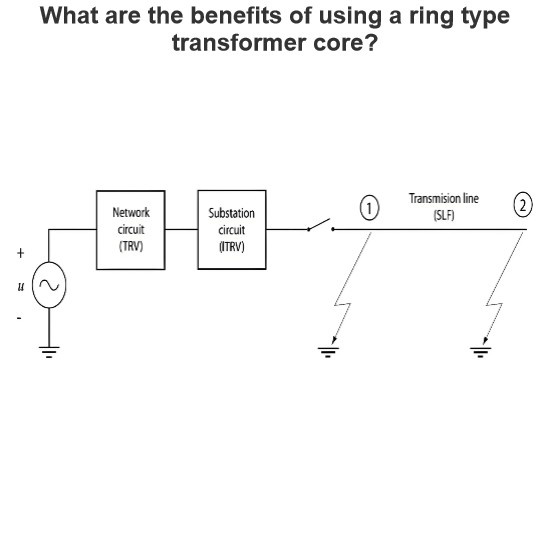Torsion bar spring operating mechanisms for circuit breaker
Enhanced Interrupting Capabilities and Mechanical Reliability in Gas-Insulated Circuit Breakers (GCBs)
Mitsubishi Electric has developed a highly advanced torsion bar spring operating mechanism for Gas-Insulated Circuit Breakers (GCBs), which has enabled the development of higher interrupting capabilities, reaching up to 550/420 kV. This innovative mechanism offers several key benefits, including increased mechanical reliability and reduced maintenance requirements.
Key Features of the Torsion Bar Spring Mechanism
-
Compact and High-Performance Interrupters:
- The mechanism employs compact, small-mass interrupters that deliver exceptional interrupting performance. These interrupters are designed to handle high-voltage applications efficiently, ensuring reliable operation even under extreme conditions.
-
Unique Torsion Bar Spring Design:
- The torsion bar spring is divided into two bars, allowing for a compact operating mechanism while storing large amounts of mechanical energy. This design optimizes space utilization and enhances the overall performance of the GCB.
-
Superior Long-Term Reliability:
- Spring operating mechanisms store mechanical energy in solid springs, which exhibit inherently superior long-term reliability. Unlike hydraulic or pneumatic systems, the operating characteristics of spring mechanisms are less affected by changes in ambient temperature and mechanical pressure. This makes them more robust and dependable over extended periods.
-
Maintenance-Free Operation:
- One of the most significant advantages of the torsion bar spring mechanism is its essentially maintenance-free nature. The mechanism does not require lubrication throughout its life, significantly reducing the need for routine maintenance.
- Recommended maintenance is limited to visual inspections and checks of basic parameters after 2,000 operations. This minimal maintenance requirement ensures that the GCB remains operational with minimal downtime and lower operational costs.
Benefits of the Torsion Bar Spring Mechanism
- Enhanced Interrupting Capabilities: The mechanism supports higher interrupting capacities, making it suitable for use in high-voltage transmission and distribution systems.
- Increased Mechanical Reliability: The robust design and insensitivity to environmental factors contribute to long-term reliability and consistent performance.
- Reduced Maintenance Requirements: The maintenance-free nature of the mechanism reduces operational costs and minimizes the need for frequent inspections and repairs.
- Compact Design: The division of the torsion spring into two bars allows for a compact and efficient design, making it ideal for applications where space is limited.
Conclusion
The torsion bar spring operating mechanism developed by Mitsubishi Electric represents a significant advancement in the field of Gas-Insulated Circuit Breakers. By combining compact design, high interrupting performance, and long-term reliability, this mechanism offers a reliable and cost-effective solution for high-voltage applications. Its maintenance-free operation further enhances its appeal, making it an excellent choice for power systems that require minimal downtime and optimal performance.
Hello,I'm Wdwiin. A decade of hands-on experience in electrical engineering, specializing in high-voltage systems, smart grids, and renewable energy technologies. Passionate about technical exchange and knowledge sharing, committed to interpreting industry trends with professional insights to empower peers. Connection creates value—let’s explore the boundless possibilities of the electrical world together!














